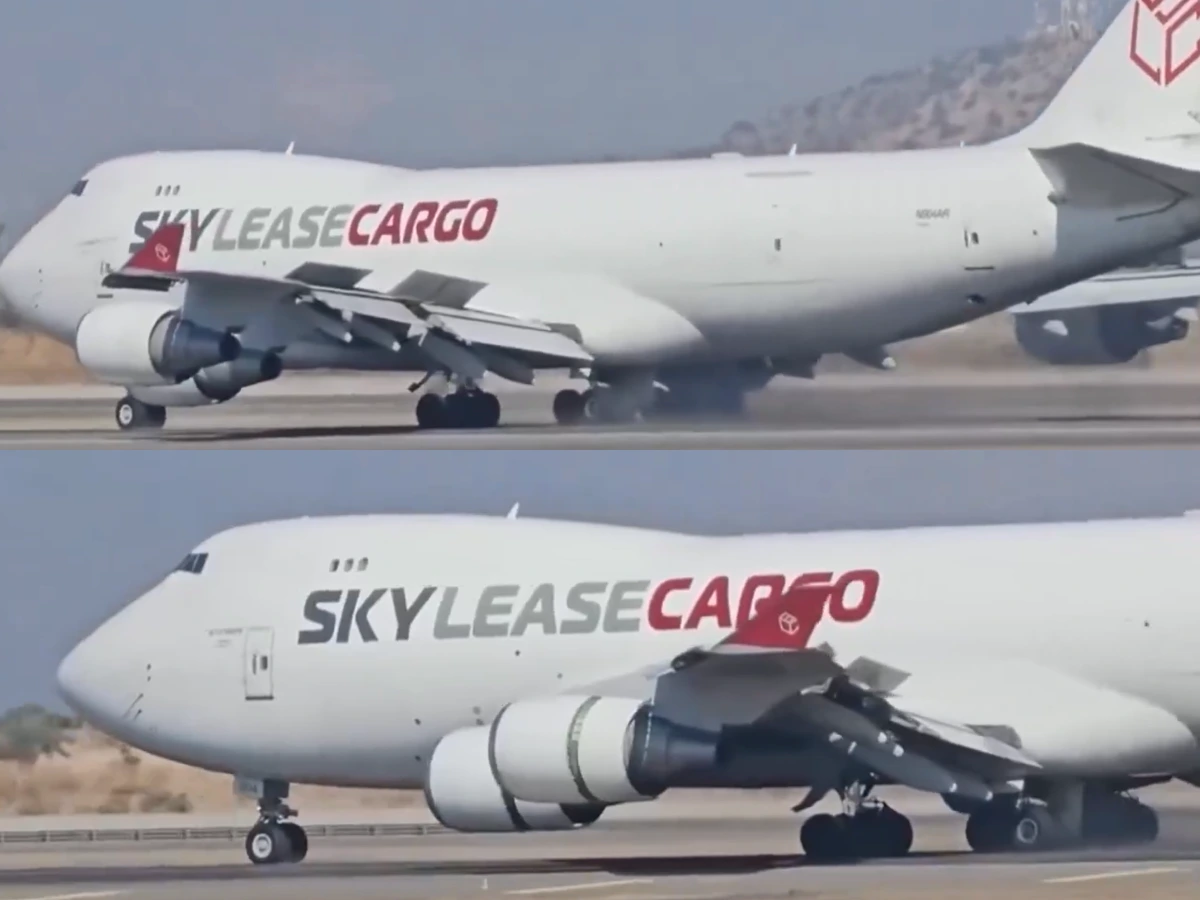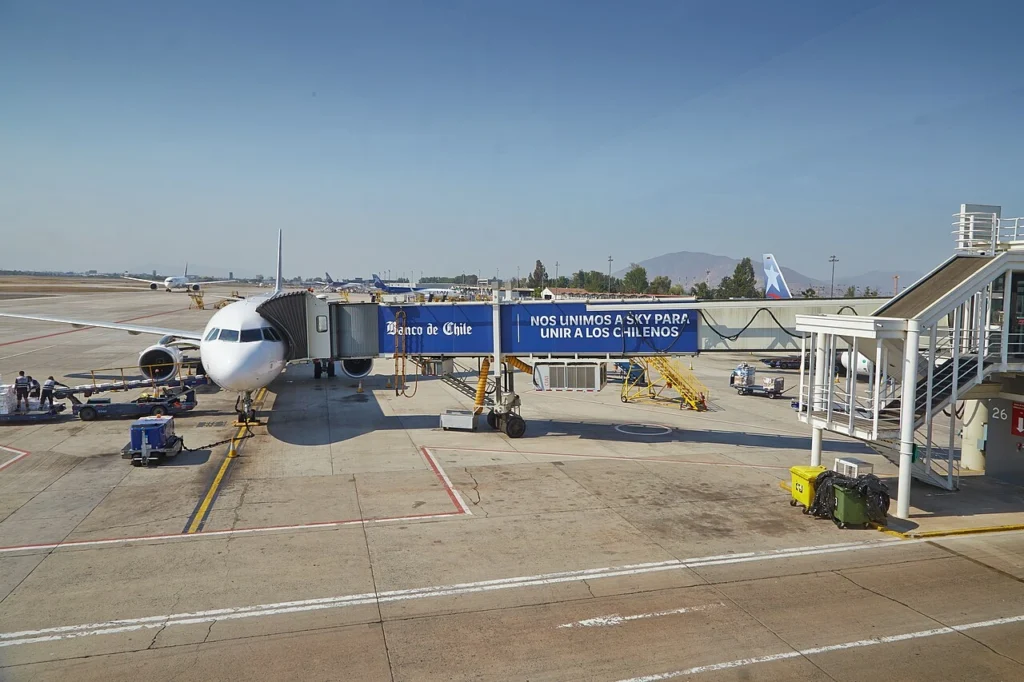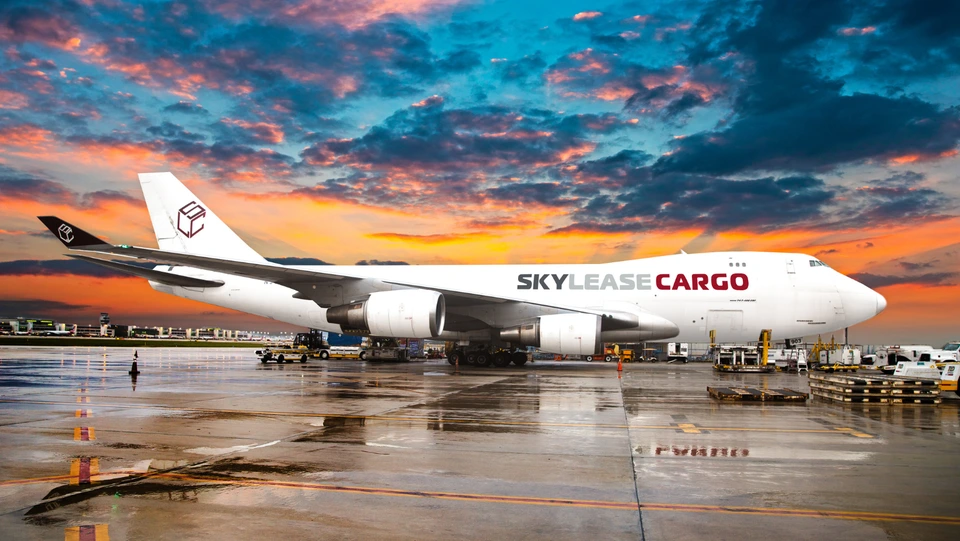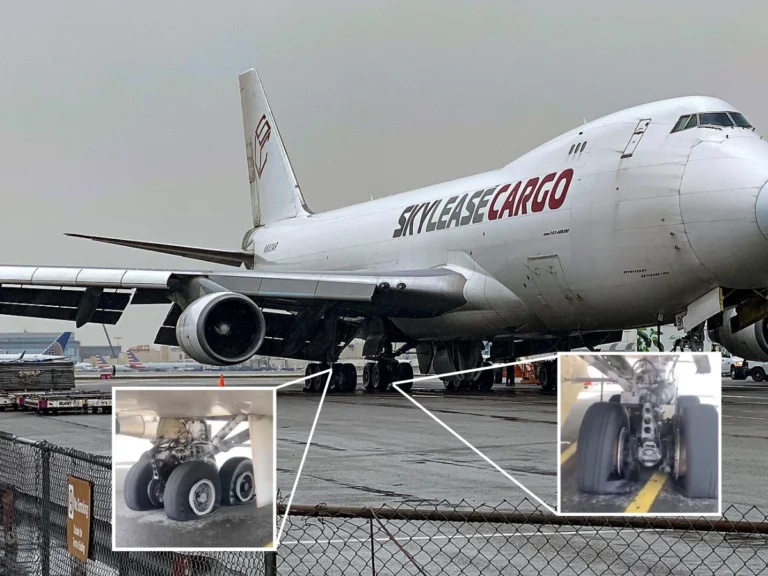SANTIAGO- A Boeing 747-400F cargo plane operated by SkyLease Cargo (GG) aborts takeoff at Santiago International Airport in Chile (SCL) on Saturday, April 19, 2025.
The aircraft was travelling at near-takeoff speed when pilots made the critical decision to stop, causing all 16 tires on the main landing gear to deflate during the high-speed braking manoeuvre. The dramatic incident occurred just as the massive cargo jet was about to lift off from the runway.

Boeing 747 Aborts Takeoff at Santiago
The aircraft involved was a 19-year-old Boeing 747-400F with registration N904AR, operated by Sky Lease Cargo (GG). The plane was scheduled to fly as GG4550 from Santiago, Chile (SCL) to Miami, Florida (MIA), covering 4,118 miles.
The incident represents a significant operational challenge for Sky Lease Cargo (GG), which maintains only 2 Boeing 747 aircraft in its fleet.
At 10:31 AM local time, the cargo jumbo jet lined up on runway 17R and began its takeoff roll. According to Flightradar24 data, the aircraft accelerated to 163 knots (188 miles per hour) before the pilots decided to abort the takeoff. This speed is exceptionally high for a rejected takeoff, approaching or possibly exceeding the typical V1 decision speed for a Boeing 747.
The pilots brought the massive aircraft to a complete stop within 18 seconds, with some runway distance remaining.
The emergency braking action generated significant heat, causing smoke to billow from the tires and resulting in the deflation of all 16 wheels on the main landing gear. Airport emergency services responded immediately to prevent any potential fire outbreak.

Since the incident, the Boeing 747 has remained grounded in Santiago (SCL). The aircraft will likely require extensive maintenance and tire replacement before returning to service.
The event has created operational challenges for Sky Lease Cargo (GG), given their limited fleet size.
Understanding V1 and Rejected Takeoffs
In aviation, pilots operate with a critical decision-making parameter known as V1 speed, often referred to as “takeoff decision speed.” V1 speed is the critical point during takeoff where a pilot must decide whether to continue with the takeoff or abort it.
If the aircraft’s speed is below V1, and a malfunction or engine failure occurs, the pilots will have to reject the takeoff. V1 is the last speed at which takeoff can be aborted. Once an aircraft exceeds V1, pilots are typically committed to becoming airborne, making this incident particularly unusual.
Most rejected takeoffs occur at much lower speeds, typically when aircraft are travelling under 80 knots. High-speed rejections like this one are extremely rare and carry significant risks.

Questions About the Incident
Aviation experts are speculating about what might have prompted the pilots to make such a critical decision at such a high speed. While rejected takeoffs are standard safety procedures in commercial aviation, executing one at 163 knots indicates the crew detected a serious safety concern that warranted immediate action.
The decision likely prevented a potentially more serious incident, as taking off with whatever problem the pilots detected could have resulted in more dangerous consequences. Investigators will be examining what specific issue prompted this rare high-speed abort.
While the damage to the aircraft was significant, the outcome demonstrates the effectiveness of emergency procedures and aircraft systems designed to handle such extreme scenarios. The incident serves as a powerful reminder of the safety protocols that keep air transportation among the safest forms of travel, even when systems or components fail.
Stay tuned with us. Further, follow us on social media for the latest updates.
Join us on Telegram Group for the Latest Aviation Updates. Subsequently, follow us on Google News

